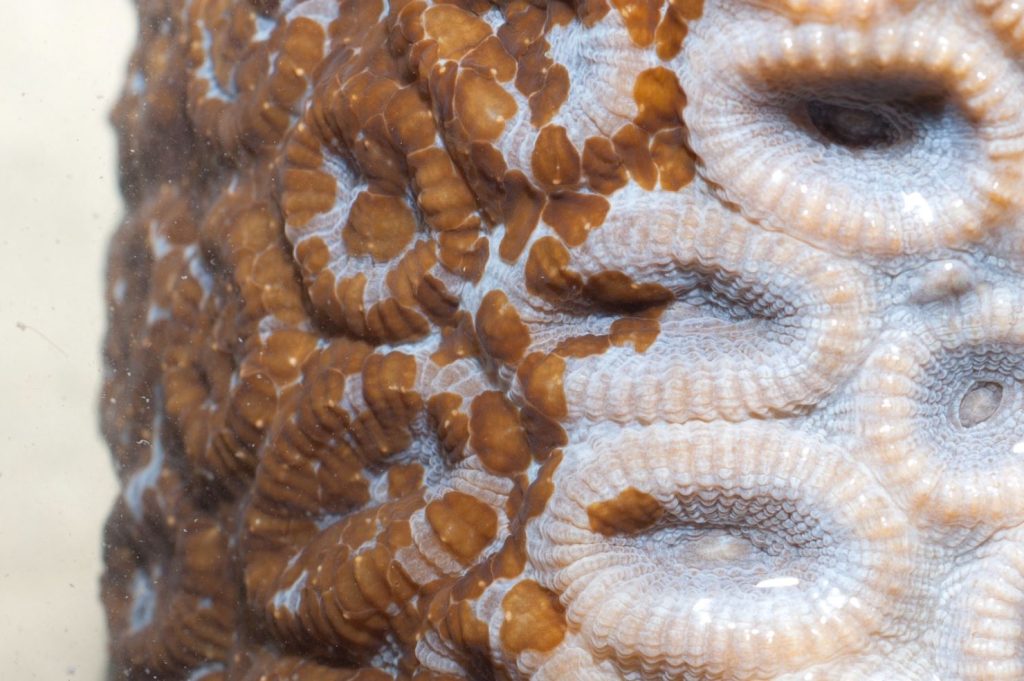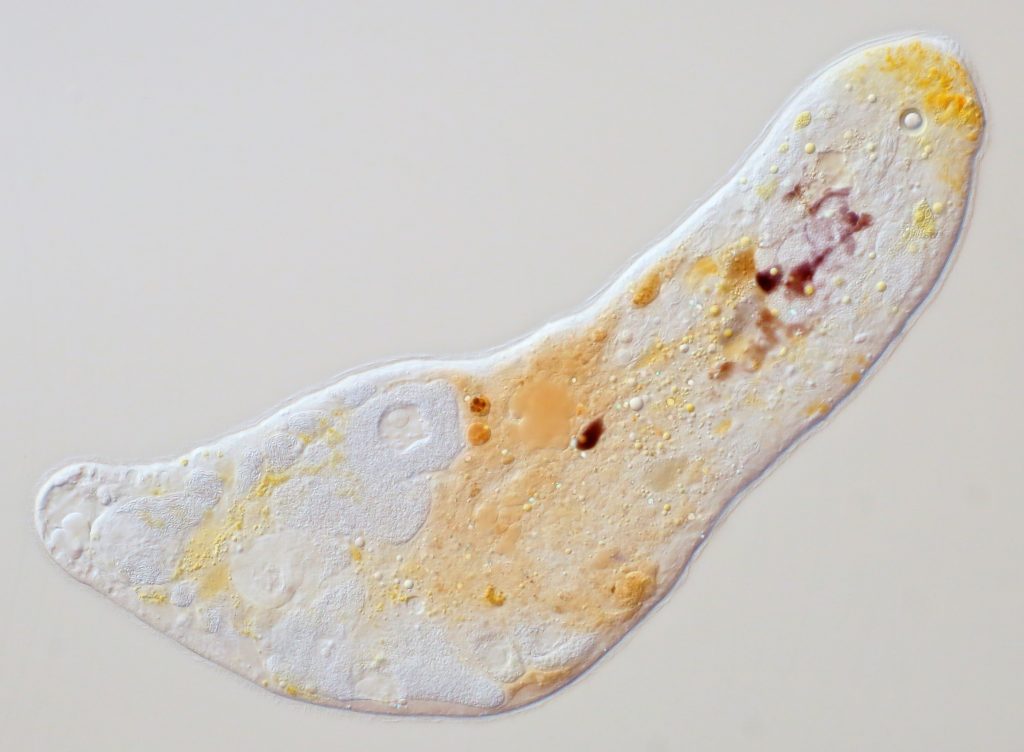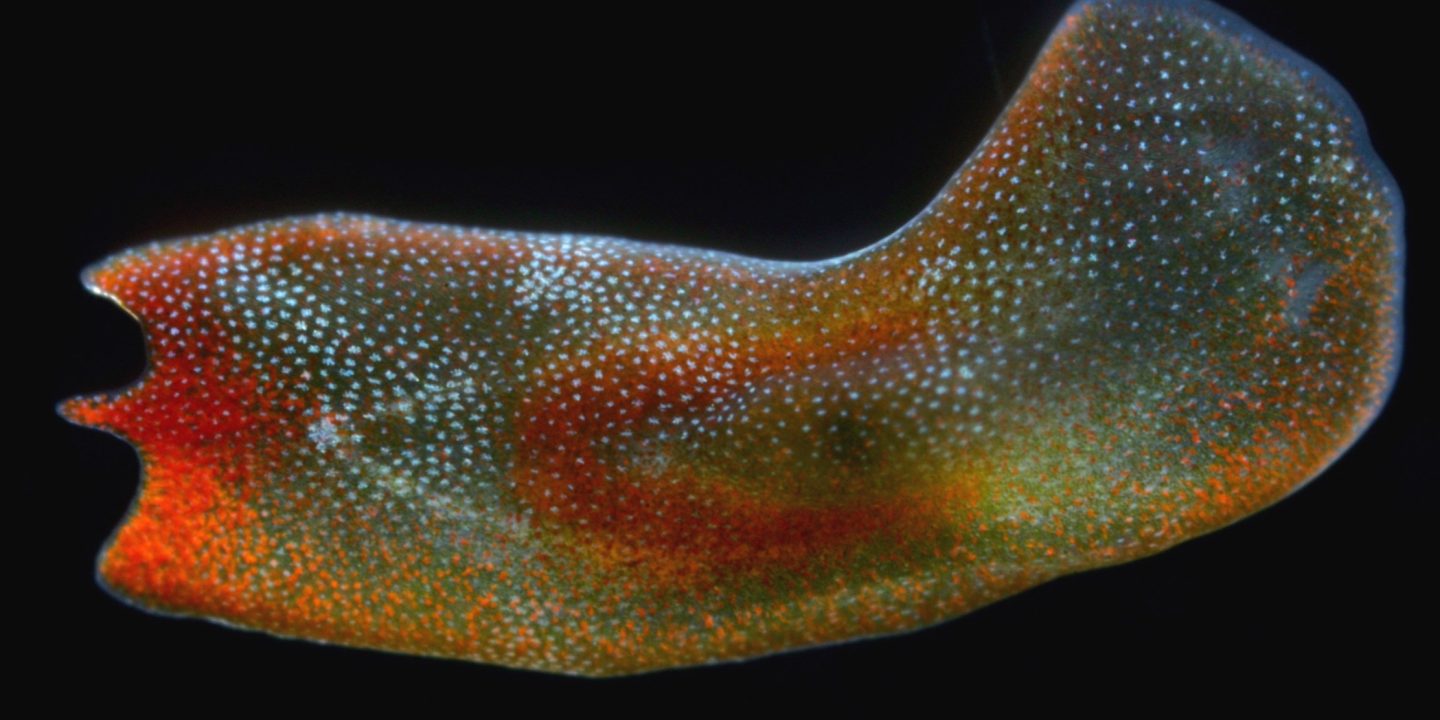Suddenly it’s already November, so let us introduce another cool animal in the FEZ blog. This time you can learn about an enigmatic little-known group: the acoels.
Acoela is an order of tiny flattened unsegmented worms, belonging to the phylum Xenacoelomorpha (pronounced “zenacelomorpha”). They live mainly in benthic marine habitats, with a couple of exceptions found in freshwater, occurring interstitially in sandy or muddy sediments, among algae, and even on other animals (figure 1).

Acoels are very simple animals, and recent studies indicate that they form an early branch within Bilateria, making them crucial to understanding the emergence of more complex animals.
I stumbled upon these worms during my master, and they ended up being the focus of my master’s thesis. Though I’m not working with them at the moment, I still remember a few things about them that I’m going to share here.
10 cool facts about acoels:
1. They can be found in marine habitats all over the world, from tropical seas to polar regions, but most people have never seen one.
2. For many years, they were thought to be part of Platyhelminthes (flatworms), the group englobing planarians and tapeworms. Despite still being worms and flat, they are now placed in a different phylum, together with two other mysterious (and hard to pronounce!) groups, Nemertodermatida and Xenoturbella.
3. Most acoels are microscopic, but some can be seen with the naked eye, like Amphiscolos sp. (figure 2).

4. As their name suggests, acoels are acoelomate, lacking a fluid-filled cavity between the body wall and digestive tract. They also lack a cardiovascular and excretory system and only show a paucity of organs.
5. Only around 400 species of acoels have been described, but scientists find new species every year.
6. These animals can easily be recognized by the presence of a statocyst (a round sensory organ) at the anterior end of their body (figure 3).

7. Acoels are quite challenging to study, not only due to their minute size and lack of morphological characters, but also because they are very fragile: specimens are easily squished when placing a cover slip on top of them!
8. Despite being small and usually inconspicuous, some acoels agglomerate in huge numbers, forming dense green mats in the intertidal zone (figures 4 and 5). The green color is acquired due to the ingestion of unicellular algae, forming an obligatory symbiotic relationship. When mature, this species stops feeding and is entirely dependent on light and algal photosynthetic products.


9. Besides algal symbionts, acoels can also be colored by pigmentation (figure 3), glandular secretions or bizarre crystal-like inclusions. Little is known about the purpose or composition of these structures, which can have all kinds of shapes.
10. Although they are simple worms, acoels can have complex copulatory organs, highly diverse in shape. The reproductive modes can also be very different, with some species even being viviparous!
![]()
